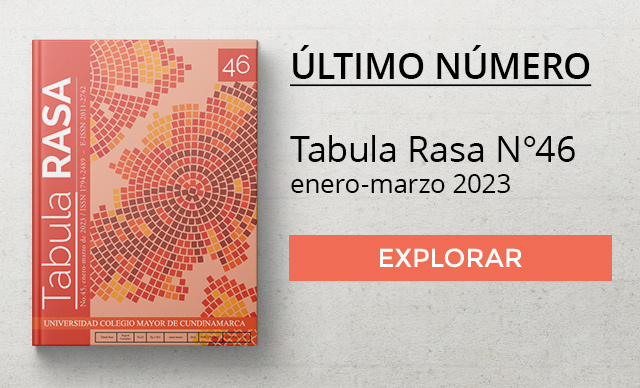Catalina Restrepo G.
catalina.m.restrepo@vanderbilt.edu
Vanderbilt University, USA
Abstract:
Representative of the creole imaginary of the lettered city, Alboroto y motín de los indios de México, by Carlos de Sigüenza y Góngora (1645-1700), is essential to an understanding of both the discursive webs through which the creole elite expressed its paranoia concerning the colonized Other, and the reproduction and ideological legitimization of the Spanish project of expansion. This essay explores the counter-hegemonic dynamics of the rhetorical ploys and cultural imagery evoked and implemented by the letrado in his representation of ‘Indians’. Furthermore, it examines the ways in which Sigüenza’s text articulates an ambivalent Ego that uses strategic alliances to consolidate his position within the social and political order of the Court, thereby deriving personal benefit and writing himself into the hegemonic discourse of the empire.
Keywords: lettered city, indigenous insurrection, colonial alterity.
Keyword plus: Sigüenza y Góngora, Carlos de, 1645-1700 ― criticism and interpretation, indians of México ― History, México ― intellectual life.







